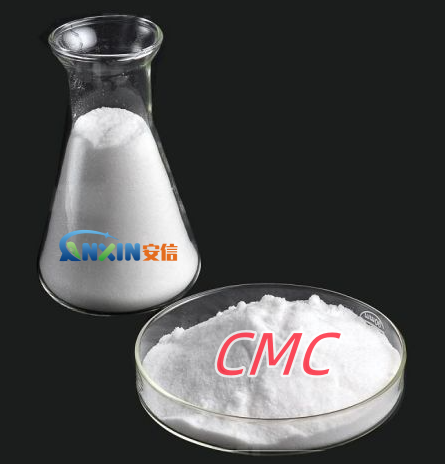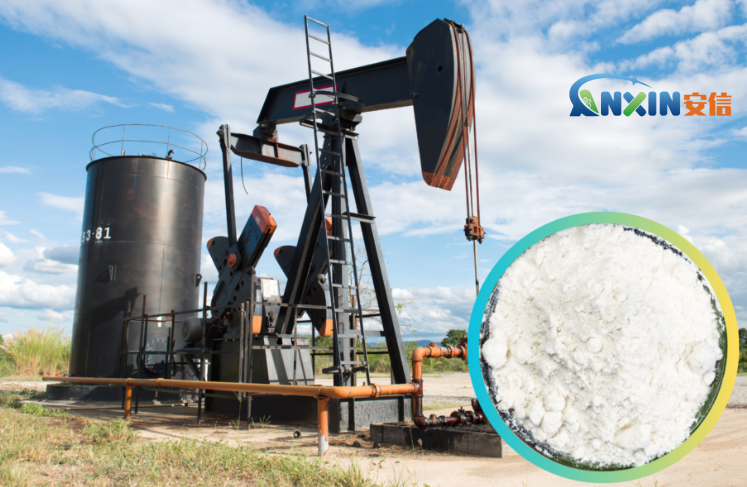Carboxymethyl cellulose (CMC) is a high molecular polymer widely used in drilling fluids with good rheological properties and stability. It is a modified cellulose, mainly formed by reacting cellulose with chloroacetic acid. Due to its excellent performance, CMC has been widely used in many fields such as oil drilling, mining, construction and food industry.

1. Properties of CMC
Carboxymethyl cellulose is a white to light yellow powder that forms a transparent colloidal solution when dissolved in water. Its chemical structure contains carboxymethyl groups, which makes it have good hydrophilicity and lubricity. In addition, the viscosity of CMC can be controlled by adjusting its molecular weight and concentration, which makes its application in drilling fluids highly flexible.
2. Role in drilling fluids
During the drilling process, the performance of drilling fluids is crucial. CMC plays the following main roles in drilling fluids:
Thickener: CMC can increase the viscosity of drilling fluids, thereby enhancing their carrying capacity, keeping suspended solid particles, and preventing sedimentation.
Rheology modifier: By adjusting the rheological properties of drilling fluid, CMC can improve its fluidity so that it can still maintain good fluidity under high temperature and high pressure conditions.
Plug agent: CMC particles can fill rock cracks, effectively reduce fluid loss and improve drilling efficiency.
Lubricant: The addition of CMC can reduce the friction between the drill bit and the well wall, reduce wear and increase drilling speed.
3. Advantages of CMC
Using carboxymethyl cellulose as a drilling fluid additive has the following advantages:
Environmentally friendly: CMC is a natural polymer material with good biodegradability and little impact on the environment.
Cost-effectiveness: Compared with other synthetic polymers, CMC has a lower cost, excellent performance and high cost-effectiveness.
Temperature and salinity adaptability: CMC can still maintain stable performance in high temperature and high salt environments and adapt to a variety of geological conditions.
4. Application examples
In actual applications, many oil companies have successfully applied CMC to different drilling projects. For example, in some high temperature and high pressure wells, adding an appropriate amount of CMC can effectively control the rheology of the mud and ensure smooth drilling. In addition, in some complex formations, using CMC as a plugging agent can significantly reduce fluid loss and improve drilling efficiency.

5. Precautions
Although CMC has many advantages, the following points should also be noted during use:
Proportion: Adjust the amount of CMC added according to actual conditions. Excessive use may lead to decreased fluidity.
Storage conditions: It should be kept in a dry and cool environment to avoid moisture affecting performance.
Mixing evenly: When preparing drilling fluid, ensure that CMC is fully dissolved to avoid particle aggregation.
The application of carboxymethyl cellulose in drilling fluid not only improves drilling efficiency and reduces costs, but also promotes the development of environmental protection technology to a certain extent. With the advancement of science and technology, the application scope of CMC will be further expanded, and we look forward to playing a greater role in future drilling projects.
Post time: Nov-05-2024